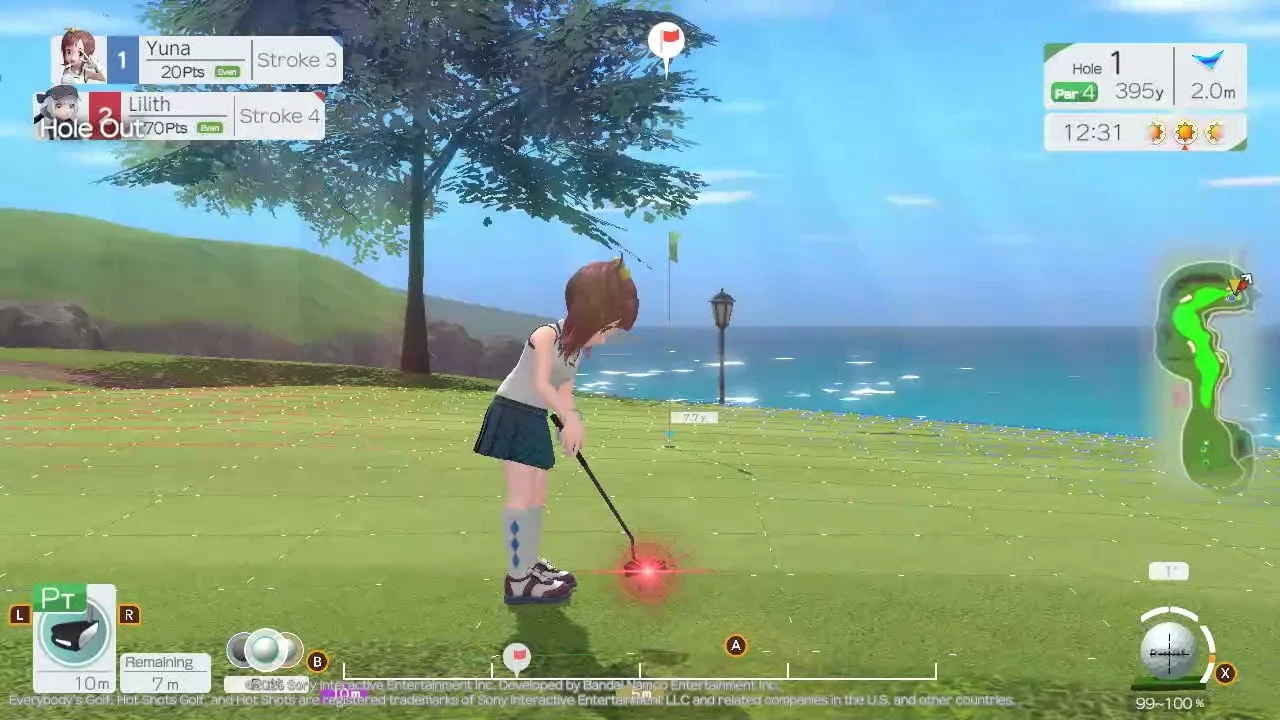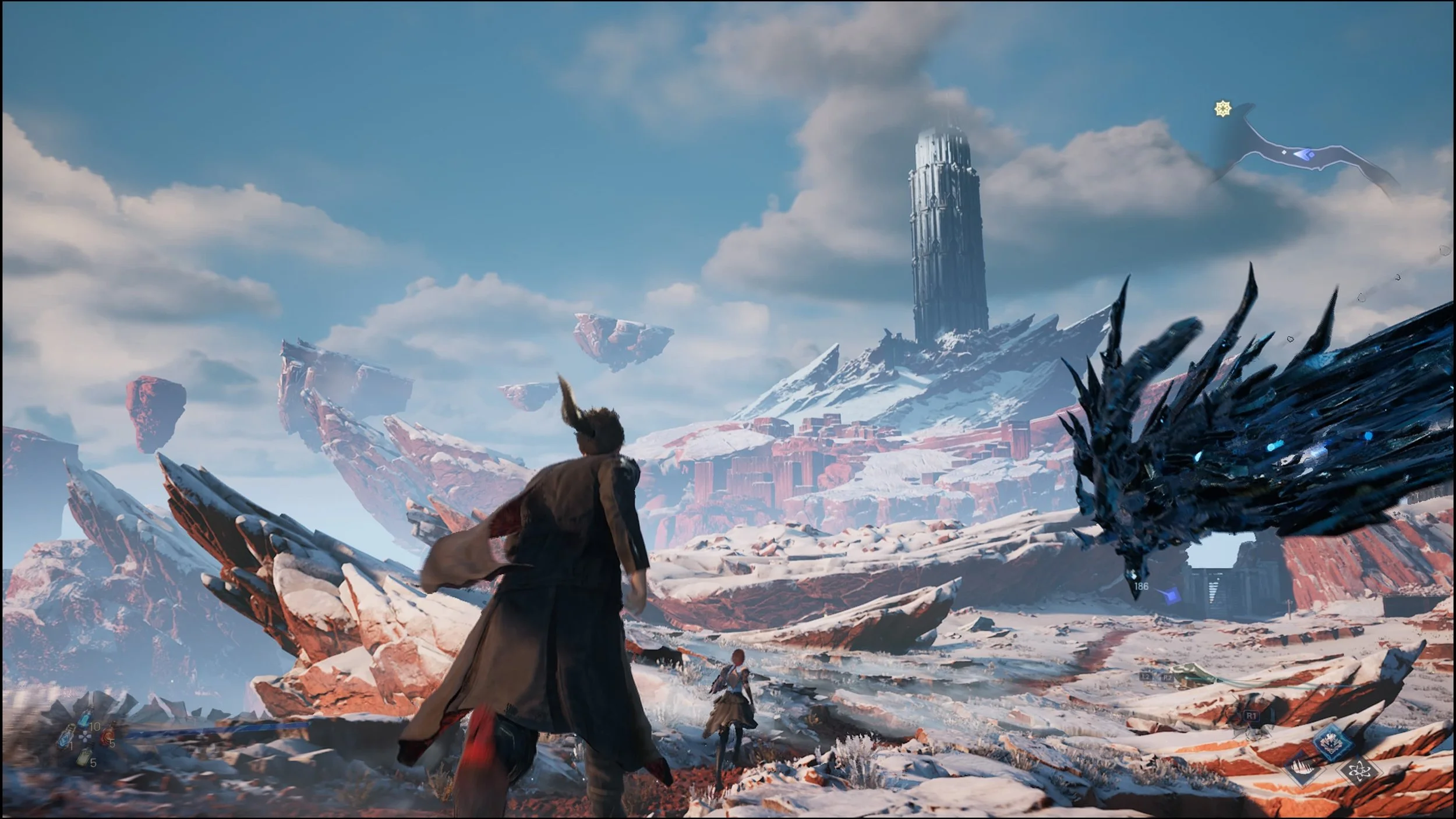Paper Mario: The Origami King Review - Fold It Up, Crack the Case, This Game’s A Stroll, Not A Race
/When considering the games in the Paper Mario series, one title towers high above the others in the pantheon: 2004’s Paper Mario: The Thousand-Year Door, a perfect blend of traditional turn-based role-playing gameplay, environmental puzzle-solving, and carefully-timed button presses. The Thousand-Year Door had heart and soul. Not only were its characters completely memorable and its scenario unpredictable, we got to explore sides of Peach and Bowser we’d never seen. Unfortunately, the Paper Mario series constantly shifted direction afterwards with less focus on the writing (this enlightening Iwata Asks interview explains some of that reasoning), and starting with Super Paper Mario, traditional battles were abandoned for experimental gameplay elements.
Paper Mario: Sticker Star and Paper Mario: Color Splash did away with RPG progression entirely, featuring battle systems with purchasable, consumable weapons and healing items. When Paper Mario: The Origami King was announced with a uniquely puzzle-based battle system (with, alas, consumable weapons) but an apparent return to form with regards to the focus on writing, fans were curious as to whether Intelligent Systems and Nintendo would be able to strike gold. Given the series’ recent missteps, hopefully few will be disappointed that they struck silver. The Origami King is a happy blend of simplified, pseudo-RPG elements, strong writing, and love-it-or-hate-it puzzle gameplay that can be tweaked depending on player preferences with regards to difficulty.
Super Mario All-Star Origami Folding: Transformed
The typical setup involves Mario and Luigi being invited to an event that never transpires as planned: in this case, an origami festival at (you guessed it) Peach’s castle, which is hijacked before it even starts by a mysterious being called Olly, who promptly takes a page from Bowser’s book, captures Peach’s castle, folds her into a creepy mind-controlled slave, and calls himself the Origami King, proclaiming that he will remake the entire Paper Mario world in his creased image. While Luigi goes off on his own quest again (and you’ll interact with him in vignettes along the way), Mario meets up with Olly’s pun-loving sister Olivia, who’s determined to stop her brother’s hostile takeover and repopulate the empty Toad Town abutting the now-relocated castle. Now stapled into a walking face, Bowser and his Minions are also victimized by this extremist, and a sort of truce with Mario is formed as he endeavors to save them all. Though neither Bowser nor Peach are a large presence, it’s actually a great change of pace to be able to converse with Bowser’s minions throughout the game as if they are old friends.
Five magical colored streamers hold Peach’s castle hostage, and the story involves following them to their spools in order to break Olly’s spells. The environments are brightly colored, lushly decorated, fun, and varied, including a Japanese castle theme park, a sprawling desert, and most notably, a Great Sea greatly inspired by The Legend of Zelda: The Wind Waker, which is among the game’s highlights. Along the way, you’ll meet colorful and beloved friends who will join your party for a while, but sadly, never stay on as permanent fixtures. There are many ups and downs on this journey, but the cheerful and good-natured Olivia makes a most excellent companion, and she’s sure to become a beloved character. Her wonder at learning about the world for the first time is infectious, and without her, the game may have been a lot rougher for me to get through.
Many of the chief issues I have with The Origami King might also be some of its strengths - its appeal is broad and universal, its gameplay is simple and easily accessible, and it draws upon tried-and-true Nintendo mechanics rather than reinventing the wheel. Early on, you’ll encounter a traditional (if easy) Water Temple, straight out of Zelda. Known ‘RPG Lite’ elements abound. If you recall the ice tile-sliding puzzles in Pokemon titles, searching every nook and cranny for Koroks in Breath of the Wild, or rolling into trees in Ocarina of Time for goodies, The Origami King’s gameplay will definitely feel very familiar to you - the overworld is a pastiche of Things That Have Worked throughout Nintendo’s history. There’s nothing wrong with that per se, but for the Nintendo connoisseur, it starts to lean into a routine, with an emphasis on the collect-a-thon aspects of finding the game’s many hundreds of Toads and 120 Collectible treasures. There’s also some light motion controls, but they can be turned off at any time.
Take Center Stage, Mario!
The battle system deserves its own section, because it’s unlike anything I’ve ever played. Random encounters place Mario (and any companions who might be along for the journey) in the center of groups of enemies. With a limited amount of moves (typically 2-3) and limited time, you must either rotate the circular board or slide tiles laterally to line up foes either in a straight line to jump on them (or use a Fire Flower), or else in a block of four nearest to Mario in order to whack them with a hammer. If you can line your enemies up optimally, Mario’s attack power will be amplified by an additional 50% (1.5x), and by choosing the right tool for the job, you’ll most likely be able to crumple your origami foes without taking any damage. Of course, for more powerful enemies, this might mean purchasing premium boots or hammers from an in-game store. Spiny enemies, for instance, need to be stomped on with iron boots. There might be several waves of enemies, and foes’ positions reset after every turn, so with the time limits in place, you can’t exactly fall asleep at the wheel.
Most of the fun in random battles lies in figuring out the tile-shifting puzzle, but there are options for players who are puzzle-averse. You can throw coins to the Toads you’ve rescued along the way for automatic help in lining up your foes (and, if you’re lucky, a weapon or some health), or you can enable the “Puzzle Solver” item, which doesn’t quite solve the puzzles for you, but highlights placeholders to show you what optimal positioning might look like.
Boss battles, on the other hand, place Mario on the sidelines, with the boss in the center of the arena. These multifaceted encounters are the major highlights of the game, as Mario must deftly use arrows and switches to navigate to the big baddies, avoid their traps, lower their defenses or catch them off-guard, and finally deal some damage. These fights actually provided some much-needed challenge, and I greatly looked forward to each one. Some of the bosses are Vellumental Beasts, themed elementals who, once ‘rescued’, can be summoned either in battle or in the overworld at special circles to help deal damage, incapacitate foes, or solve puzzles.
There are also battles that take place on the overworld map. Though there are a few notable exceptions, you will mostly be up against “Paper Macho” opponents, foes varying in size, made from papier mache, and who often charge into you at top speeds. Fighting them is done in real-time, with hammers, and can be rather fun. There are occasionally environmental mini-games to encounter, but I’d rather not spoil the surprise.
Beautifully-Arranged, Carefully Balanced, Precisely Primed
I can say with honesty that almost all of my time spent with Paper Mario: The Origami King was enjoyable, but the verdict’s out as to whether or not it’s a classic on par with the best of the Mario RPG games (including non-Paper Mario classics like Super Mario RPG, Partners in Time, and Bowser’s Inside Story).
Though I wanted to love the game, The Origami King’s elements are disparate overall: while the writing is superb, you’ll spend as much time solving easy puzzles and seeking out only-somewhat hidden Toads as you will engaging in memorable conversations. The charming tone and atmosphere go a long way towards evoking that fuzzy, nostalgic feeling one often gets from classic Nintendo titles, and even if the core gameplay is just a step or two above tolerable, the overworld at least offers a variety of visual and aural delights on top of clever gags and colorful characters that young kids may enjoy. When further taking into account the game’s generous length and many collectibles, which provide ample replay value to justify the full $60 price tag, it’s no stretch to say that this Paper Mario is a real return to form.
8/10
Highlights
+ Hilarious, pun-filled, life-affirming writing among the series’ best
+ Boss battles and general gameplay very well thought-out
+ A variety of environments and aesthetics, and a wealth of replay value
+ Memorable characters and interactions, especially involving Olivia
- Central Mario cast don’t feature heavily, and Mario himself is silent
- Many of the puzzles and ‘challenges’ are really quite easy
- Better suited to younger fans than older ones
What I’ve Played
Completed story with 35 hours of gameplay
86/120 Collectible Treasuures
640 / ??? Total Toads Found


















SEGA and Ryu Ga Gotoku Studios put a ton of love and care into Yakuza Kiwami 2, and it runs flawlessly on Switch 2. If you’re like me and itching for a reason to take a plunge into the Yakuza universe, there’s no better time than the present.